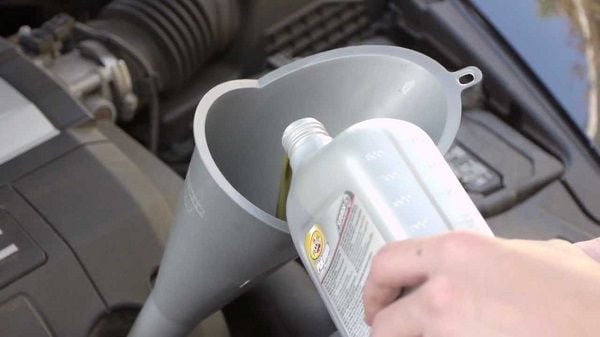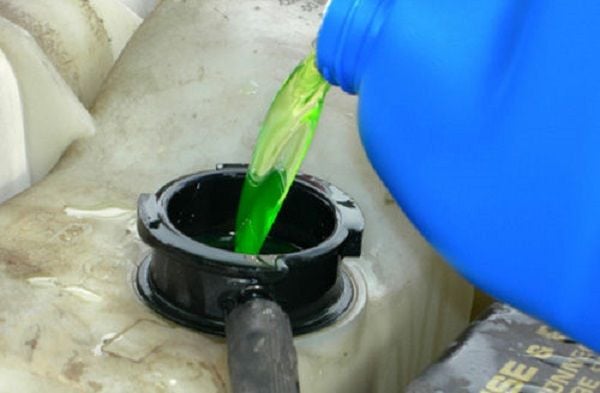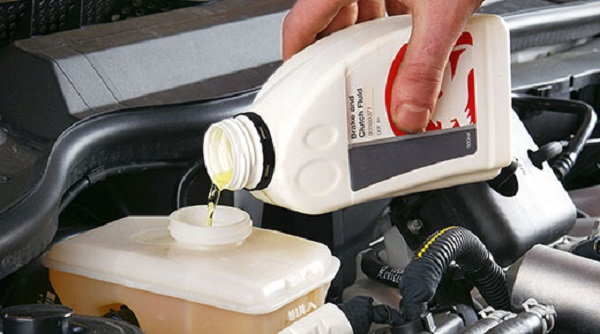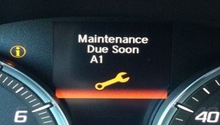Acura MDX: General Information and Recommended Maintenance Schedule
If you want to make sure your Acura MDX always drives like the first class luxury vehicle it was designed to be, get in the habit of performing routine maintenance at the factory recommended intervals.
This article applies to the Acura MDX (2001-2016).
While the Acura MDX is a fantastically engineered vehicle, it’s still a car, and as such, requires basic maintenance to ensure top-notch operation.
Fortunately, Acura makes it easy to perform a lot of these maintenance checks and updates yourself, at home, in just a few minutes. If you ever have any reservations about whether you need to do something, or when to do it, refer to your owner’s manual.

Maintenance Schedule
7500 miles:
- Change engine oil
- Rotate wheels & tires
15,000 miles:
- Change rear differential fluid
- Change engine oil
- Inspect brake system
- Inspect exhaust system
- Inspect brake lines, hoses & connections
- Inspect cooling system hoses & connections
- Inspect fuel lines, hoses & connections
- Inspect parking brake
- Inspect suspension components
- Inspect steering gear rack, linkage & boots
- Inspect boots & seals srive axles
- Replace oil filter
- Rotate wheels & tires
30,000 miles:
- Change engine oil
- Inspect brake system
- Inspect exhaust system
- Inspect brake lines, hoses & connections
- Inspect cooling system hoses & connections
- Inspect fuel lines, hoses & connections
- Inspect parking brake
- Inspect suspension components
- Inspect steering gear rack, linkage & boots
- Inspect boots & seals drive axles
- Inspect/adjust drive belt(s)
- Replace oil filter
- Replace air filter
- Replace cabin air filter
- Rotate wheels & tires
- Get quotes for this service
45,000 miles:
- Change engine oil
- Change rear differential fluid
- Flush/replace brake fluid
- Inspect brake system
- Inspect exhaust system
- Inspect brake lines, hoses & connections
- Inspect cooling system hoses & connections
- Inspect fuel lines, hoses & connections
- Inspect parking brake
- Inspect suspension components
- Inspect steering gear rack, linkage & boots
- Inspect boots & seals Drive axles
- Replace oil filter
- Rotate wheels & tires
60,000 miles:
- Change engine oil
- Change transfer case fluid
- Change automatic transmission fluid
- Inspect brake system
- Inspect exhaust system
- Inspect brake lines, hoses & connections
- Inspect cooling system hoses & connections
- Inspect fuel lines, hoses & connections
- Inspect parking brake
- Inspect suspension components
- Inspect steering gear rack, linkage & boots
- Inspect boots & seals drive axles
- Inspect/adjust drive belt(s)
- Replace oil filter
- Replace air filter
- Replace cabin air filter
- Rotate wheels & tires
75,000 miles:
- Change engine oil
- Change rear differential fluid
- Inspect brake system
- Inspect exhaust system
- Inspect brake lines, hoses & connections
- Inspect cooling system hoses & connections
- Inspect fuel lines, hoses & connections
- Inspect parking brake
- Inspect suspension components
- Inspect steering gear rack, linkage & boots
- Inspect boots & seals drive axles
- Replace oil filter
- Rotate wheels & tires
90,000 miles:
- Change engine oil
- Flush/replace brake fluid
- Inspect brake system
- Inspect exhaust system
- Inspect brake lines, hoses & connections
- Inspect cooling system hoses & connections
- Inspect fuel lines, hoses & connections
- Inspect parking brake
- Inspect suspension components
- Inspect steering gear rack, linkage & boots
- Inspect boots & seals drive axles
- Inspect/adjust drive belt(s)
- Replace oil filter
- Replace air filter
- Replace cabin air filter
- Rotate wheels & tires
105,000 miles:
- Change engine oil
- Change rear differential fluid
- Inspect brake system
- Inspect exhaust system
- Inspect brake lines, hoses & connections
- Inspect cooling system hoses & connections
- Inspect fuel lines, hoses & connections
- Inspect water pump
- Inspect parking brake
- Inspect suspension components
- Inspect steering gear rack, linkage & boots
- Inspect valve clearance
- Inspect boots & seals drive axles
- Replace oil filter
- Replace timing belt
- Replace spark plugs
- Rotate wheels & tires
Engine Oil
- Check level bi-weekly
- Change every 3-6K miles
- To do yourself, you will need a socket set, oil filter wrench, and drain bucket.
Keeping your engine well lubricated will allow your MDX to perform at its best. When the oil gets old, it breaks down more easily which, in turn, leads to it losing its lubricating properties. Old oil will cause your motor to run hotter, wear faster and use more gas, so get it changed regularly.

Transmission Fluid
- Check levels at each engine oil change
- Change fluids once every 50-60K miles
- To do yourself, you will need a socket set, new filter, and drain bucket.
Transmission fluid keeps the transmission itself cool and well lubricated, but it is also a hydraulic oil that is used to apply internal clutches, and transfer torque via the torque converter. If it’s old, components will begin to wear against each other; this, in turn, will lead to them breaking, and the transmission ultimately failing. Use only Honda/Acura approved transmission fluid.

(Related Article: How to change Automatic Transmission Fluid - AcuraZine.com)
Engine Coolant
- Check levens bi-monthly
- Change fluids once every 75K miles or 5 years
- To do yourself, you will need a socket set, screwdrivers, drain bucket, and distilled water.
Engine coolant, or antifreeze, keeps your engine cool, while at the same time resisting freezing to prevent internal damage. Without it, the engine will overhead and die. Make sure that coolant levels are always within the markings on the reservoir. This is especially important if you live in warmer climates. It’s important to have a proper mix of antifreeze to water (about 50/50) for maximum cooling and freeze protection. Plain water would cool better, but it freezes and boils much easier and doesn't protect hoses and fittings, or lubricate the water pump. Be sure you are using a coolant approved for Honda/Acura aluminum engines, with no silicate or phosphate in it.

Brake Fluid
- Check levels bi-monthly
- Flush brake every 45K miles or 2 years
- To do yourself, you will need a socket set, screwdrivers, rubber tubing, and some help.
Brake fluid, unlike other oils in your car, will actually absorb water out of the atmosphere over time. This will lower the boiling point of the brake fluid, leading to brake fade, as well as cause rust and corrosion internally.

(Related Article: How to Replace Brake Fluid - AcuraZine.com)
Related Discussions
- 2012 MDX Typical Oil Change Interval - AcuraZine.com
- Acura MDX DIY FAQ - AcuraZine.com
- Service Questions - AcuraZine.com
- Looking Buy 1st gen MDX Basic Questions - AcuraZine.com






